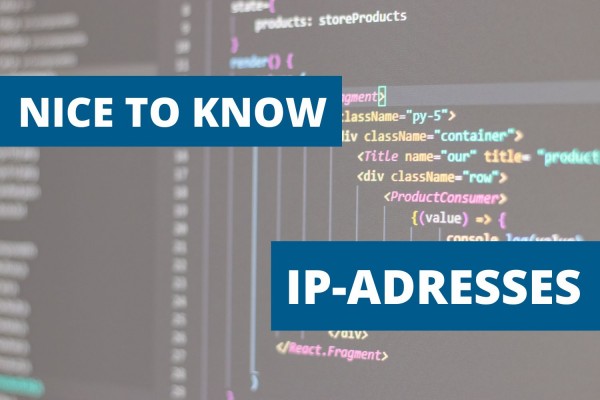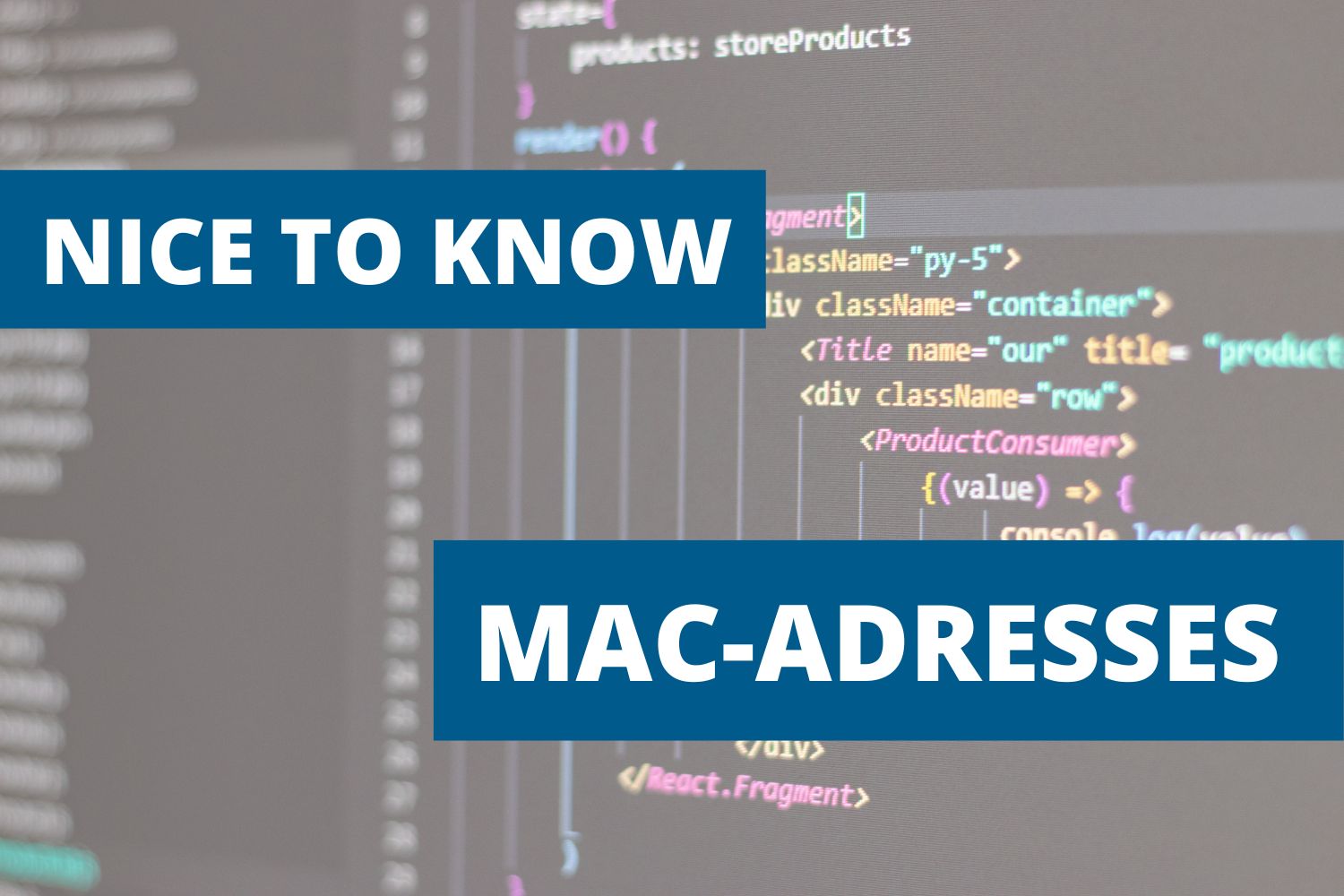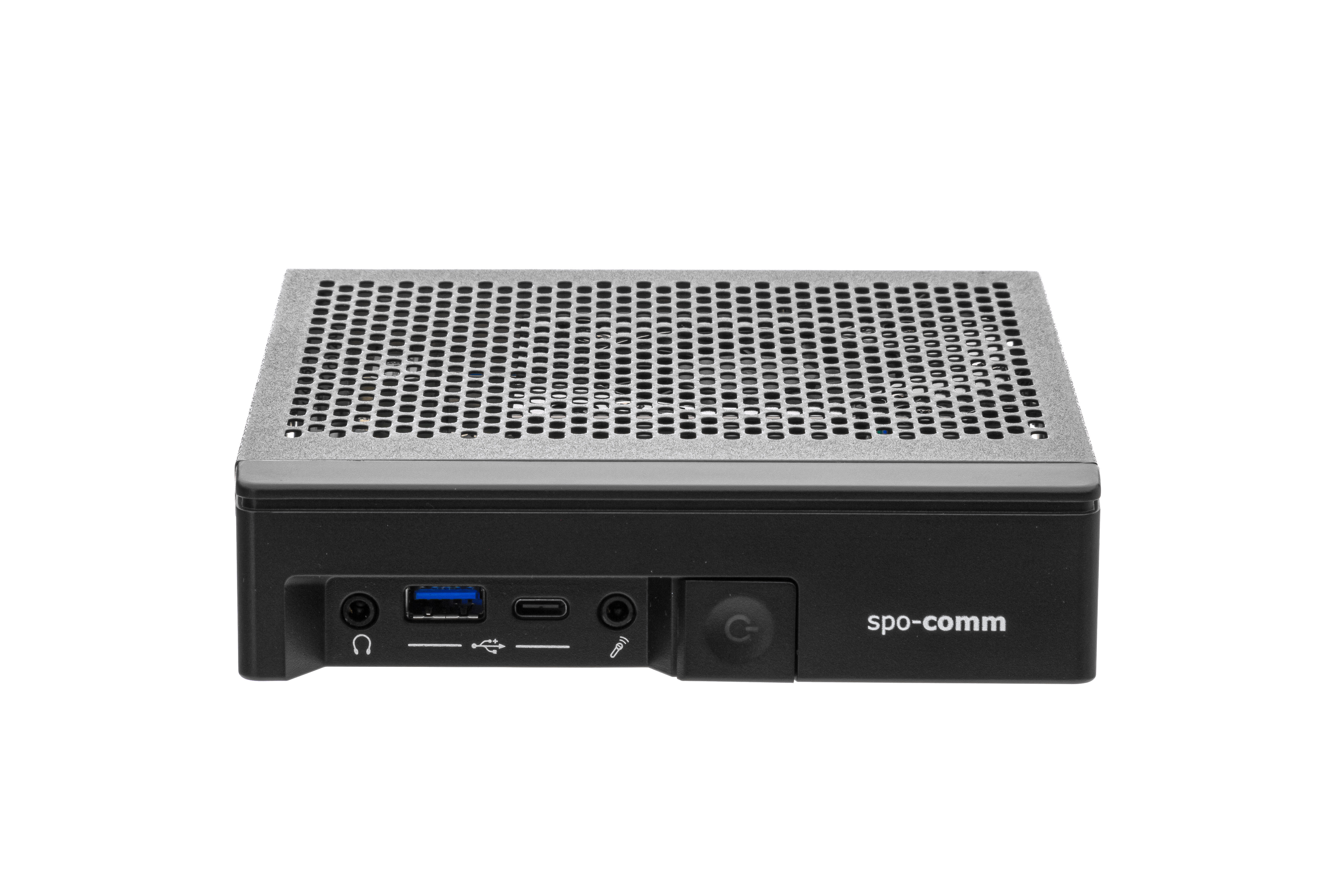What is an IP address?
An IP address is a unique identifier that makes it possible to identify a specific device within a network, whether locally or on the Internet. Similar to telephone numbers or car licence plates, it is used to localise the location of a device and make it accessible for communication purposes.
The Internet Protocol (IP) defines the rules according to which data is sent via the Internet or local networks. It determines the format of this data and thus ensures a smooth exchange between different devices.
Types of IP addresses
IP addresses can be divided into different categories. On the one hand, there are public and private IP addresses. Public IP addresses are uniquely identifiable on the Internet and enable communication between devices via the World Wide Web. Private IP addresses, on the other hand, are used for internal communication within private networks and cannot be accessed directly from the Internet.
There are also distinctions between IPv4 and IPv6 - v4 or 6 simply stands for version4 or version6. IPv4 uses a 32-bit address and therefore enables around 4.3 billion unique addresses. However, due to the exponential increase in networked devices, IPv4 is reaching its limits, which is why the newer IPv6 with its 128-bit addresses was developed to meet this demand.
In addition, IP addresses can be static or dynamic. Static IP addresses remain unchanged and are permanently linked to a specific device, while dynamic IP addresses can be reassigned as required.
The connection to the MAC address
In addition to the IP address, every network device also has a so-called MAC address (Media Access Control). It is firmly anchored in the hardware of the device and is used to uniquely identify it in the local network.
The connection between the IP address and MAC address is that the MAC address operates on the physical level, while the IP address operates on the logical level of the network. When a device sends data, the IP address is used to identify and localise the target device. The corresponding MAC address is then used to transmit the data at the physical level of the network.
IP addresses are therefore the backbone of modern digital communication. They make it possible to connect devices with each other, exchange data and use the internet. The connection to the MAC address ensures the smooth transmission of information in the network.







